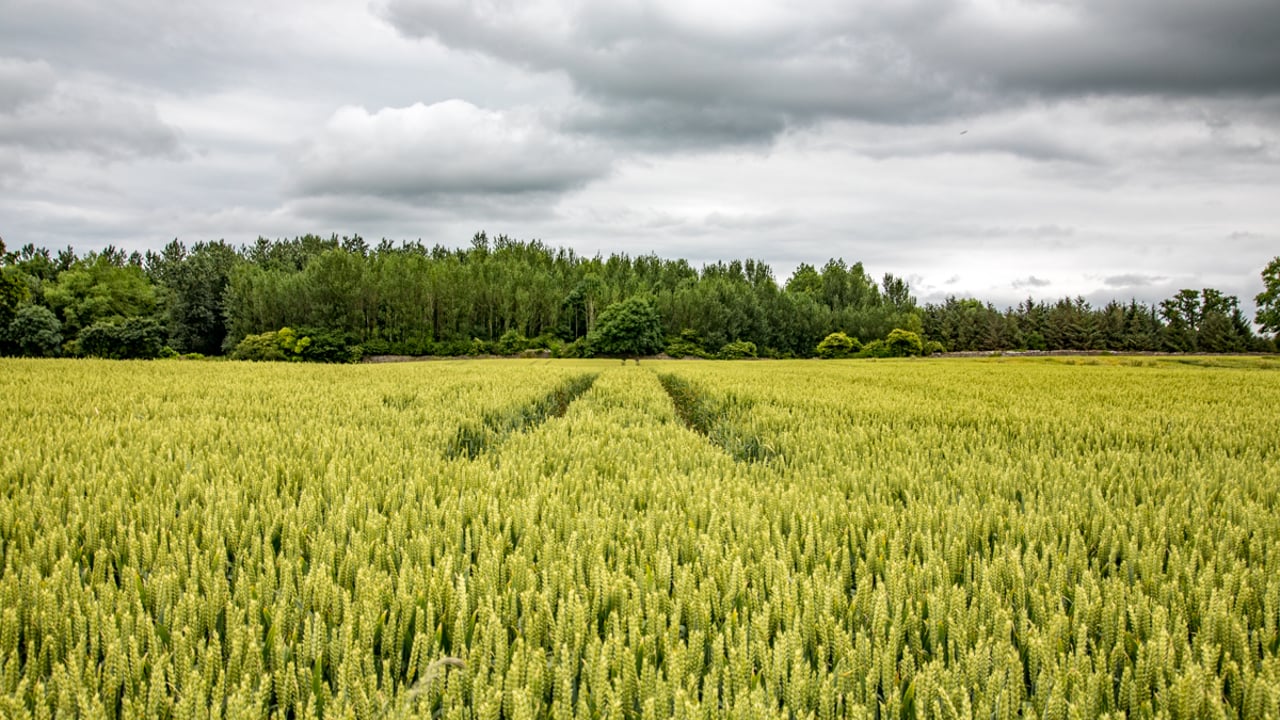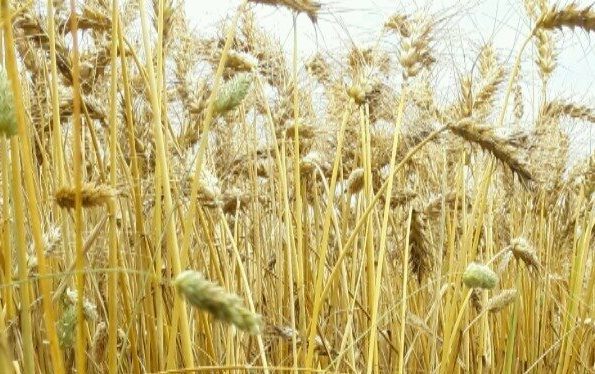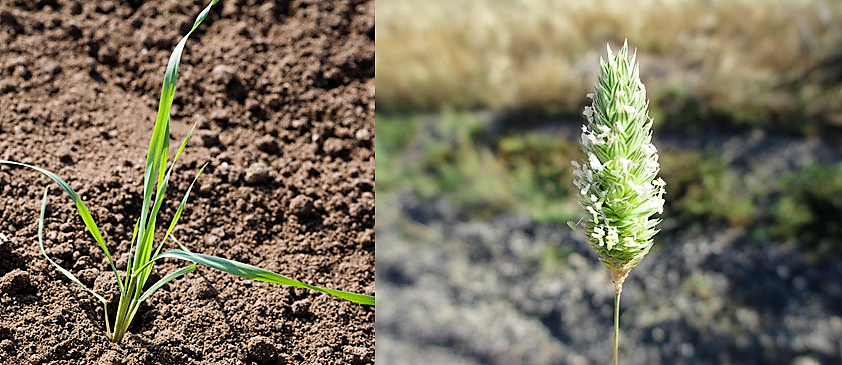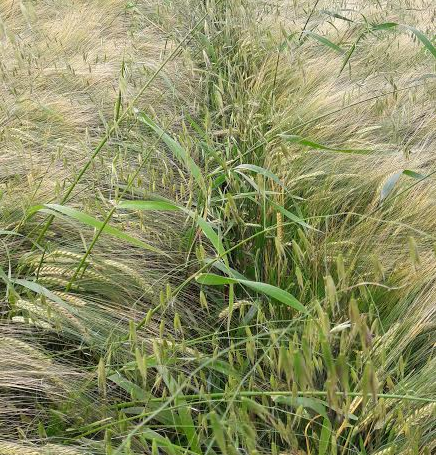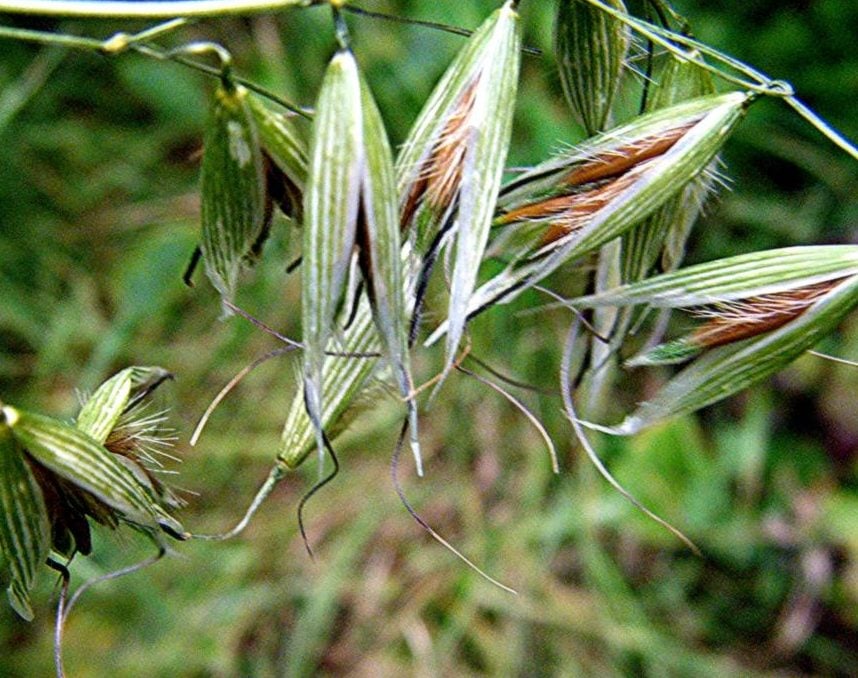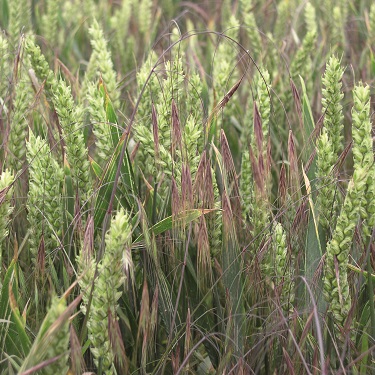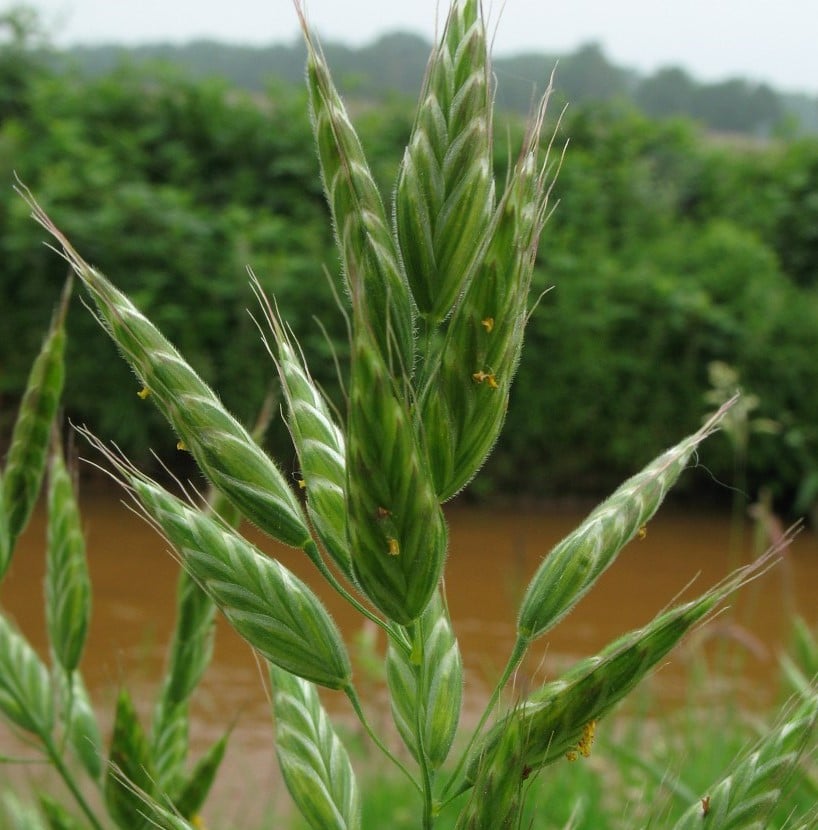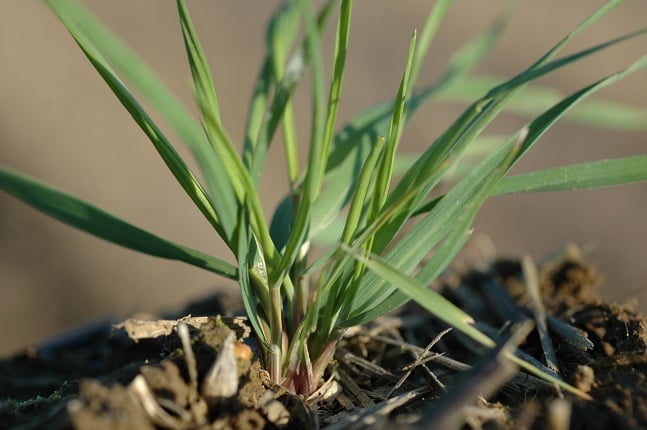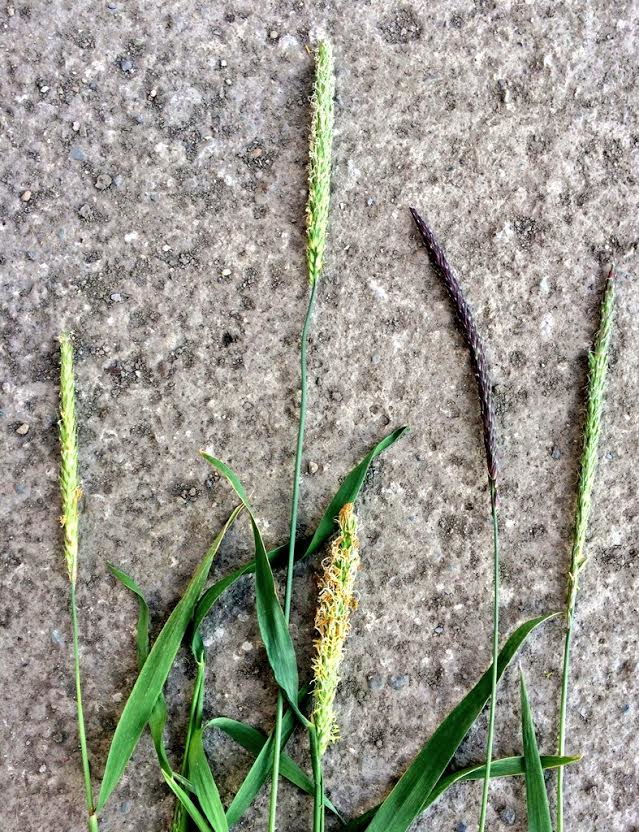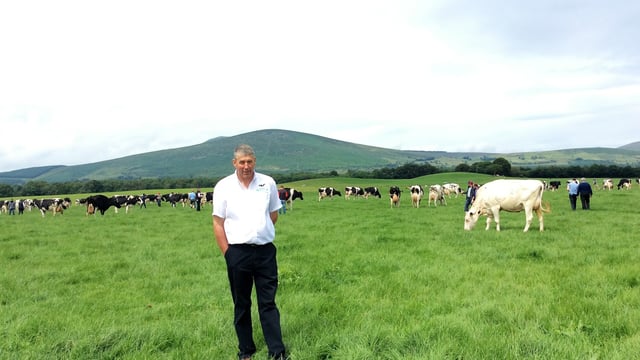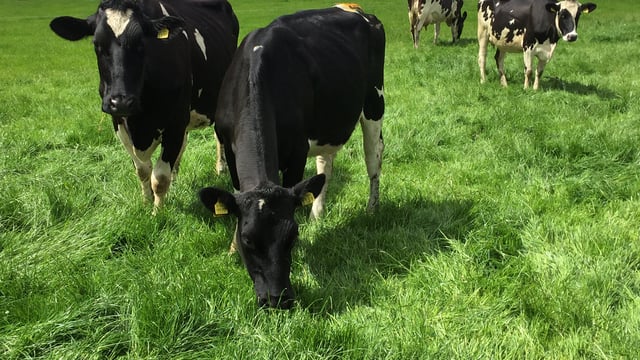Pics: How to identify common grass weeds in your crops
The key to controlling a grass weed problem is identification, according to Teagasc’s Ciaran Collins. This is important as farmers need to know what weed they are targeting.
Speaking at the recent Teagasc Crops and Cultivation event, Collins emphasised the importance of knowing weed biology for grass weed management.
Different weeds require very different control strategies, he said. Spring-germinating weeds pose different problems to winter-germinating species.
“Stubble cultivation techniques are very effective for weeds that germinate in the autumn, such as sterile brome and black grass.
“For lesser canary grass and wild oats, they will require a different approach because they are spring-germinating weeds,” Collins explained.
Identification
Ronan Byrne, a Teagasc Walsh Fellow at Oak Park, discussed the key traits for identifying grass weeds.
“Early identification is the first and most important step in grass weed control,” Byrne began.
There are a number of key characteristics to pick out and distinguish one grass weed from another.
Auricles are collar structures that wrap around the stem, down at the base of the leaf sheath, Byrne explained. He added: “You can see them in barley and wheat, but not in wild oats.”
Spring-germinating grass weeds
Lesser canary grass
Lesser canary grass can remain dormant in the soil for extended periods, Byrne said.
Wild oats
Byrne gave farmers an update on the wild oats situation on Irish farms.
Part of Byrne’s area of study involves understanding the issue of herbicide resistance in grass weeds, including resistance in wild oats.
“Last summer, we collected samples from 76 sites across Ireland and tested them for resistance to a number of different herbicide active ingredients,” the Teagasc Walsh Fellow said.
The herbicides were split into two main crops. These were graminicides and sulfonylureas. The big finding from our research so far is that we do have resistant wild oats in the country.
“This is something we may not have thought was an issue this time last year, but we do have an issue now and it’s going to be more of a problem in continuous spring barley ground,” he said.
Winter-germinating grass weeds
Sterile brome
Sterile brome is one of the most common grass weeds we have here in Ireland, Byrne said.
Soft brome
Byrne mentioned that Oak Park is seeing a lot more soft brome this season in particular. “You can distinguish soft brome from sterile brome when it heads out,” the Teagasc Walsh Fellow said.
Black grass
When discussing black grass, Byrne said: “If you are seeing heads of black grass in your crop, it’s already too late to do anything about it. It’s already next year’s problem.” Hence, why early identification is key.
“You have to treat black grass with zero tolerance and have a long-term, sustainable, integrated weed management strategy in place,” Byrne concluded.
